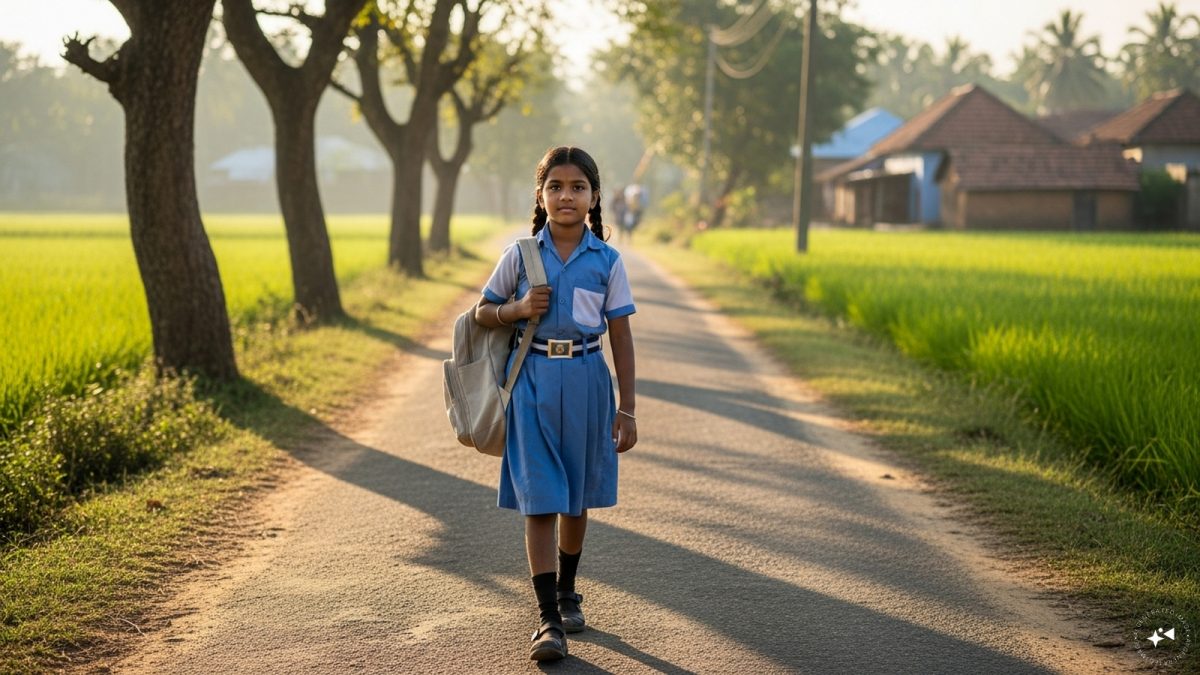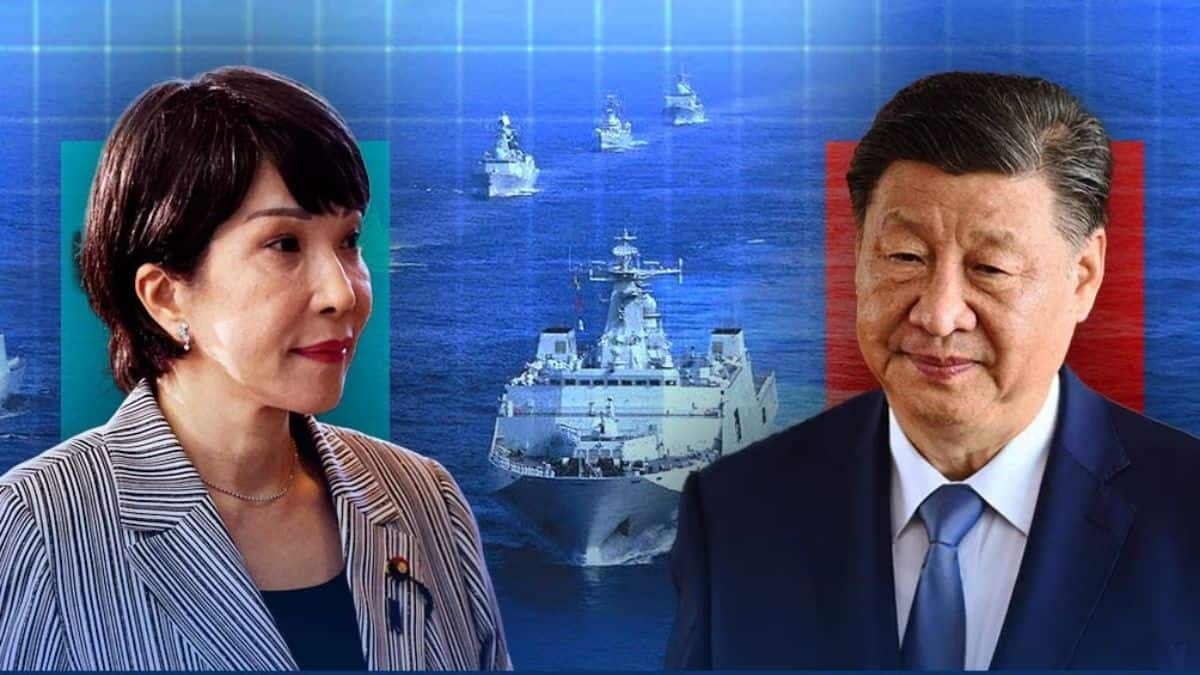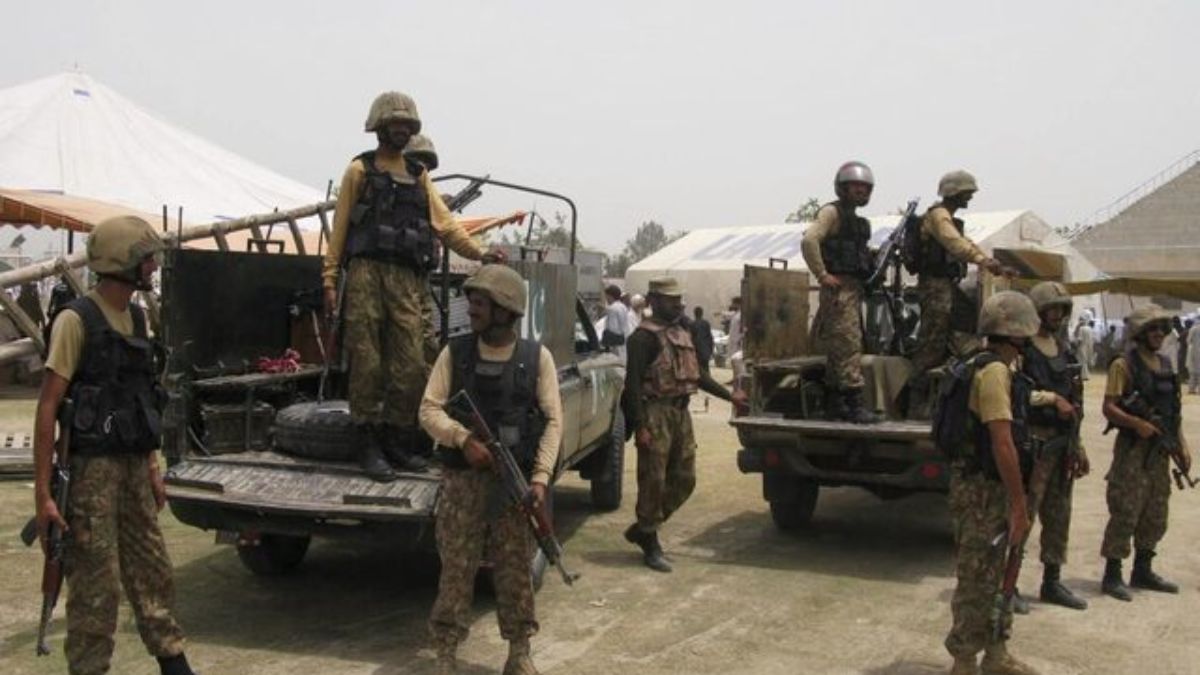Last week the prime minister set off a cultural firestorm by taking on that old colonial bugbear, the Macaulay Minute. In 1835, Thomas Babington Macaulay, then a member of the Governor-General’s Council, wrote a memorandum on the medium of instruction in government schools. He argued that all of India should be taught in a single language and that that language should be English. Notoriously, he wrote that:
We must at present do our best to form a class who may be interpreters between us and the millions whom we govern, a class of persons Indian in blood and colour, but English in tastes, in opinions, in morals and in intellect.
Thus was born a new -ism: Macaulayism.
To this day, elite education in India is conducted in English. There are many good reasons for that. English is useful. It is politically neutral. It facilitates emigration (which is bad for India, but good for individual Indians). And like it or not, after 200 years of English education in India, it’s tradition.
But is it a good idea?
Indians don’t have to answer this question afresh in 2025. They can look to their own history for arguments for and against English. And the best place to look is the collected works of Bal Gangadhar Tilak.
In 1908, Tilak delivered an address on “National Education”. He spoke in Marathi, arguing that Indian children should be educated in their mother tongues. He said that “for proper education national schools must be started on all sides”—by which he means schools run by Indians, not by the British governments in India. And he laid out a four-point plan for national education.
First, he said that “religious education will first and foremost engage our attention [because] secular education only is not enough to build up character”. This would be scandalous to say in today’s secular India, but he didn’t imply any majority religious chauvinism. He said that “Hinduism to the Hindus, Islamism to the Musalmans will be taught in these schools, and it will also be taught there to forgive and forget the differences of other religions”.
Quick Reads
View AllIn other words, he thought that Indian children should teach the importance of following one’s own religion and respecting the religion of others. Lest anyone cry “secularism!” at the thought, it is worth noting that even in secular Australia, religious education is a standard course in government schools. Many other Western countries do the same. Not every country follows the American model of a strict separation of church and state.
Second, he argued that English should be taught as a second language in India’s schools, not used as the medium of instruction. He made this argument on both national and pedagogical grounds. He believed that a curriculum that took twenty years of English-medium education could be accomplished “in seven or eight years if we get it through the medium of our vernaculars”.
Though Tilak may have exaggerated the scale of the difference, international education research has generally borne him out. Students—and in particular, the poorest students—tend to learn more and learn faster when they are taught in their native languages. English-language education, by contrast, tends to entrench the social status of children of the elite, who often speak English at home.
This was the primary focus of Narendra Modi’s speech, in which he asked:
In which country are local languages looked down upon? Countries like Japan, China, and Korea adopted many Western practices, but they kept their languages intact, they never compromised on their language. That is why, we have placed special emphasis on education in local languages in the new National Education Policy. And let me say this very clearly: we are not against the English language. We are in support of Indian languages.
Third, Tilak wanted to see greater emphasis placed on vocational education. This is a challenge on which independent India has not yet delivered. Of course, India does have an extensive system of vocational training colleges. But it has not given the same priority to vocational education that it has to elite universities. This is particularly true in agriculture, where vocational training is severely underfunded by international standards.
And finally, Tilak advocated that “education in politics” should be prioritised as early as the grammar school years. By this he did not mean the kind of politicisation of education that now seems to plague teaching at all levels. He meant education in civics: in the history and functioning of India’s own indigenous political institutions. He saw this fundamentally as preparation for India’s future democracy.
Now that India is a democracy, it is up to Indians to decide what kind of education they want for their children. The Macaulay model is still alive and well, and there are legitimate arguments to be made in its favour. But the national model is also a viable alternative, one that is supported not only by academic research but also by some of India’s greatest intellectuals. If twenty-first-century Indians are to have an informed debate on the issue, they should at least be aware that their ancestors had something to say about it.
(Salvatore Babones is an associate professor at the University of Sydney and the executive director of the Indian Century Roundtable. Views expressed in the above piece are personal and solely those of the author. They do not necessarily reflect Firstpost’s views.)


)

)
)
)
)
)
)
)
)



